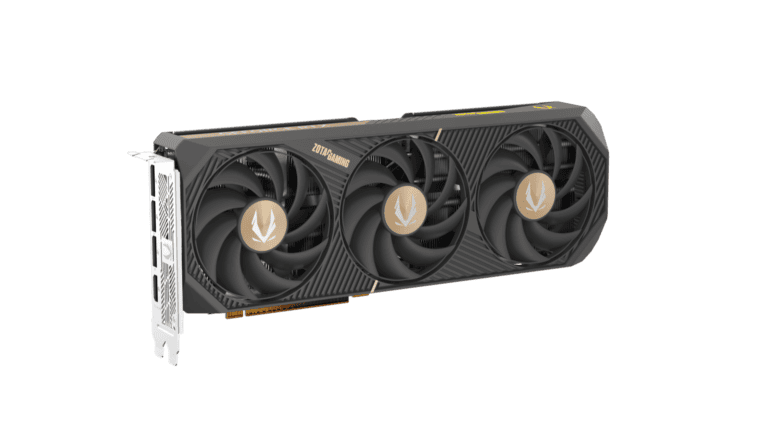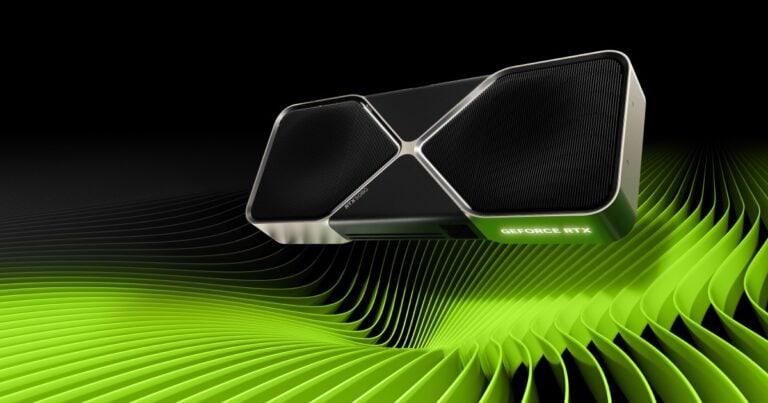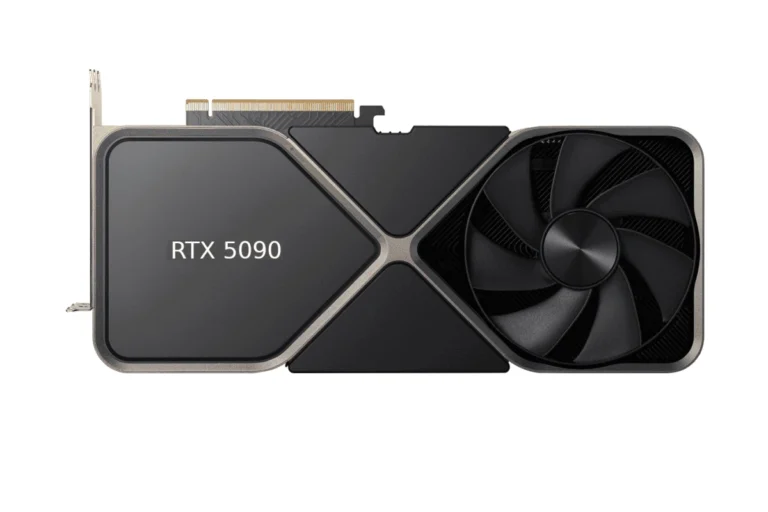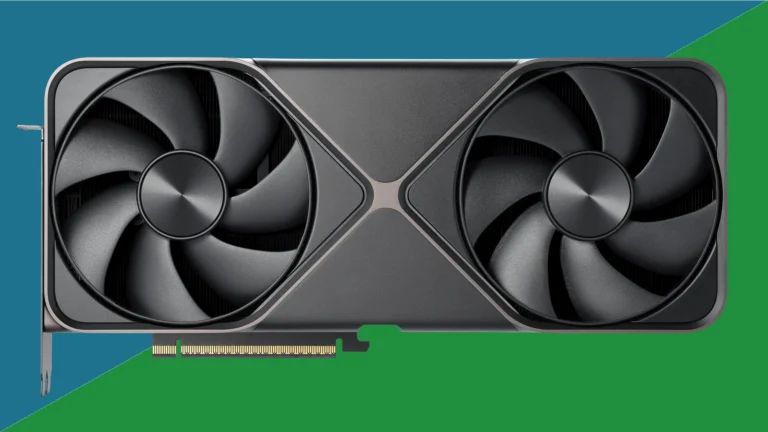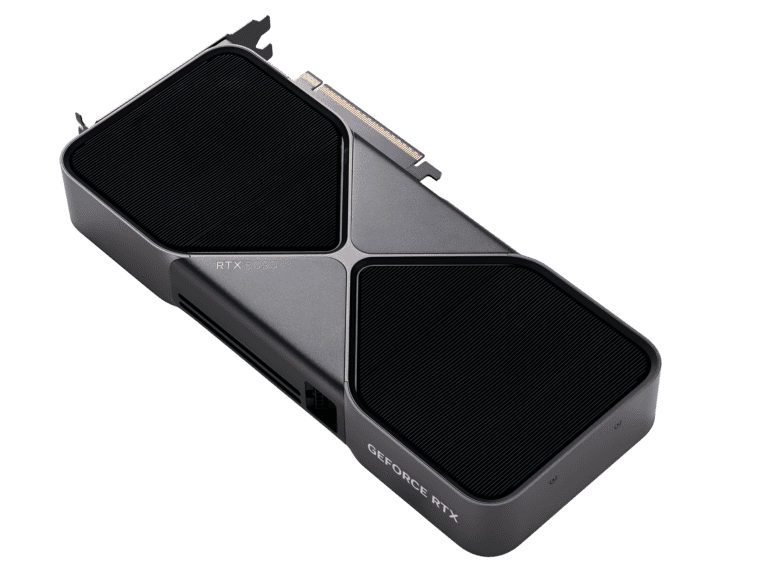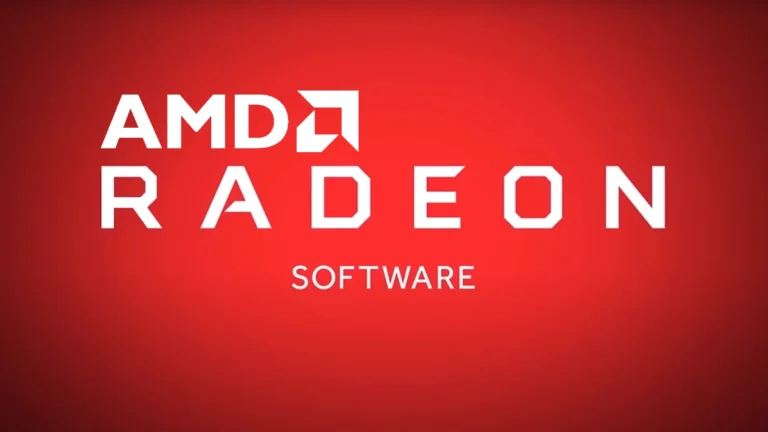
Nobody really saw this coming. As AMD started chipping away (and now overtaking) Intel for dominance in the gaming CPU market, Intel has flipped the script on them and is now making waves in the budget GPU market with its budget-friendly Arc B series video cards. The tech giant recently announced two new graphics cards: the Arc B580 and Arc B570, priced at $249 and $219 respectively. These competitively priced GPUs aim to provide gamers with affordable options for enhanced gaming performance.

The new Arc GPUs are built on Intel’s next-generation “Battlemage” architecture. This move signals Intel’s commitment to establishing itself as a serious contender in the discrete GPU space. The company’s strategy focuses on delivering value to budget-conscious gamers who want improved graphics without breaking the bank.
Intel’s push into the budget GPU segment comes at a time when many gamers are seeking cost-effective solutions. By offering capable graphics cards at accessible price points, Intel is challenging established players in the market and potentially reshaping consumer expectations for entry-level GPU performance.

Intel Emerges as a Strong Contender in the Budget GPU Market
A Shift in the GPU Landscape
For years, the GPU market has been dominated by Nvidia and AMD. However, Intel’s entry into the dedicated graphics card space has begun to disrupt this duopoly, particularly in the budget-conscious segment. While Nvidia continues to hold a significant market share, especially in the high-end sector and for specific professional workloads like AI, Intel is carving out a niche by offering competitive performance at attractive price points. This increased competition is ultimately beneficial for consumers, driving innovation and potentially lowering prices across the board.
Intel’s Value Proposition: Performance and Price
Intel’s Arc GPUs, particularly the A750 and potentially upcoming Battlemage cards, are positioned to offer compelling price-to-performance ratios. This strategy resonates with gamers and budget-minded users looking for good performance without breaking the bank. As some Reddit users have pointed out, Intel’s cards are offering performance comparable to older Nvidia cards but at more competitive prices. This makes them an attractive option for those upgrading from older systems or building new budget-oriented PCs.

Challenging the Status Quo
The comments highlight a growing sentiment that Nvidia’s recent pricing strategies and focus on the high-end market (driven by AI demand) have created an opportunity for competitors. Users express frustration with limited VRAM on some Nvidia cards and the high cost of entry for newer generations. This discontent is pushing some consumers to consider alternatives like Intel and AMD. Some users feel that Nvidia has become complacent, focusing on AI rather than improving their consumer GPUs. This has opened the door for other companies to gain market share.
The Importance of Competition
The overwhelming sentiment in the comments is a desire for increased competition in the GPU market. Many users express hope that Intel’s success will force Nvidia and AMD to offer better value and innovate more aggressively. This competition could lead to lower prices, improved features, and a wider range of choices for consumers. Some users explicitly state their intention to support Intel by purchasing their products, recognizing that consumer support is crucial for long-term success in the market.

Focus on Open Standards
Another point raised in the discussion is the importance of open standards to compete with Nvidia’s CUDA ecosystem. CUDA is a proprietary platform that gives Nvidia a significant advantage in professional and AI workloads. The development and adoption of open standards could level the playing field and provide more choice for developers and users. AMD’s acquisition of Xilinx and the potential for hardware acceleration of open-source software is seen as a positive development in this regard.
Summary of Key Takeaways
| Topic | Summary |
|---|---|
| Intel’s Market Position | Emerging as a strong contender in the budget GPU market |
| Value Proposition | Competitive price-to-performance ratio |
| Consumer Sentiment | Desire for more competition and better value |
| Nvidia’s Strategy | Focus on high-end and AI, creating an opportunity for competitors |
| Open Standards | Importance of open standards to challenge CUDA |

Key Takeaways
- Intel introduces budget-friendly Arc B580 and B570 GPUs based on Battlemage architecture
- The new graphics cards target affordable gaming performance improvements
- Intel’s entry into the budget GPU market could shake up competition and consumer options
Intel’s Position in the GPU Landscape
The GPU market, long dominated by the two giants Nvidia and AMD, is seeing a significant shift. Intel’s recent strides in the graphics card arena are making waves, particularly among budget-conscious gamers and PC builders.
Online discussions and community feedback reveal a growing interest in Intel’s offerings, with many users expressing a desire for more competition and better value in the GPU space.
Intel has made significant strides in the graphics card market, challenging established players and carving out a niche in the budget segment. The company’s strategic moves have positioned it as a serious contender in the GPU arena.
Competing with AMD and Nvidia
Intel faces stiff competition from AMD and Nvidia, the long-standing giants in the GPU industry. The company’s Arc series of graphics cards marks its entry into the discrete GPU market. Intel’s multi-generational roadmap showcases its commitment to innovation and long-term presence in this space.
The Arc Alchemist series was Intel’s first major salvo, aimed at disrupting the market. With each new generation, Intel aims to narrow the performance gap with its rivals. The upcoming Battlemage architecture is poised to further solidify Intel’s position as a viable alternative to AMD and Nvidia offerings.
Intel’s strategy involves leveraging its existing strengths in CPU manufacturing and integrating them with GPU technologies. This approach could potentially give Intel an edge in terms of production efficiency and cost-effectiveness.
Emergence in the Budget Segment
Intel has quickly established itself as a formidable player in the budget GPU market. The company’s focus on affordability without compromising on performance has garnered attention from cost-conscious consumers.
The Arc B580 GPU, priced at $249, exemplifies Intel’s strategy to redefine budget graphics cards in 2024. This product aims to bring 1440p gaming capabilities to a wider audience at a competitive price point.
Intel’s budget offerings are designed to fill the gap between integrated graphics and mid-range discrete GPUs. This positioning allows Intel to capture a segment of the market that may have been underserved by its competitors.
Strategic Product Placements
Intel’s product strategy involves careful positioning of its GPUs across different price and performance tiers. The company aims to offer compelling options at various price points, from entry-level to mid-range segments.
The Arc series is structured to provide clear upgrade paths for consumers. Each tier offers incremental performance improvements, encouraging users to stay within the Intel ecosystem as they upgrade their systems.
Intel is also leveraging its partnerships with OEMs to increase the adoption of its GPUs in pre-built systems and laptops. This approach helps Intel gain market share and brand recognition among consumers who may not build their own PCs.
The company’s focus on driver optimization and software support is crucial for its success. Regular updates and improvements to the Arc Control software suite aim to enhance user experience and performance over time.
Battlemage GPUs: A Deep Dive
Intel’s Battlemage GPUs represent a significant leap in the company’s graphics technology. These next-generation cards aim to deliver improved performance and value in the budget gaming market.
Battlemage GPU Overview
Battlemage is the codename for Intel’s second generation of discrete GPUs. Built on the advanced Xe-HPG architecture, these cards follow the Arc Alchemist series. The flagship model, the Arc B580, boasts impressive specs:
- 20 Xe-cores
- 20 ray tracing units
- 160 XMX AI Engines
- 12GB GDDR6 memory
- 192-bit memory interface
This configuration positions the B580 as a competitive 1440p graphics card. Intel has focused on enhancing power efficiency and performance per dollar with this new lineup.
Performance Benchmarks
Early rumors suggest Battlemage GPUs offer substantial improvements over their predecessors. The Arc B580 is expected to compete with mid-range offerings from NVIDIA and AMD.
Key performance targets:
- Smooth 1440p gaming at high settings
- Enhanced ray tracing capabilities
- Improved AI-driven features
Benchmarks are still under wraps, but industry insiders predict significant gains in both rasterization and ray tracing performance.
Pricing and Market Reception
Intel aims to disrupt the budget GPU market with competitive pricing for Battlemage cards. The company’s strategy focuses on delivering strong performance per dollar.
Estimated price ranges:
- Entry-level models: $150-$250
- Mid-range options: $300-$450
- High-end variants: $500-$700
Market analysts expect Battlemage to make a bigger splash than Alchemist. The combination of improved performance and attractive pricing could win over budget-conscious gamers.
Technological Enhancements and Innovations
Intel’s budget GPUs showcase significant technological advancements. These improvements focus on power efficiency, gaming performance, and innovative upscaling techniques.
Advancements in Power Efficiency and Performance
Intel’s latest GPUs utilize Next-Generation architecture to boost power efficiency. The new designs incorporate Xe2 Cores, offering improved performance per watt. These GPUs feature GDDR6 VRAM, providing faster memory access and increased bandwidth.
PCIe 4.0 support enables quicker data transfer between the GPU and other system components. This enhancement reduces bottlenecks and improves overall system responsiveness.
Intel’s budget GPUs leverage advanced manufacturing processes to reduce power consumption. The company’s focus on efficiency allows for better performance in compact form factors, making these GPUs suitable for a wide range of systems.
Ray Tracing and Gaming Enhancements
Intel has made strides in ray tracing capabilities for its budget GPUs. The improved hardware accelerates real-time lighting, reflections, and shadows in games.
These GPUs support modern gaming features like variable rate shading and mesh shading. These technologies optimize rendering processes, leading to smoother gameplay and higher frame rates.
Intel’s driver updates regularly enhance gaming performance. The company collaborates with game developers to optimize popular titles for its GPU architecture.
Intel’s XeSS vs Competitors’ Upscaling Technologies
XeSS (Xe Super Sampling) is Intel’s AI-powered upscaling technology. It competes with NVIDIA’s DLSS and AMD’s FSR, offering image quality improvements and performance boosts.
XeSS uses machine learning algorithms to upscale lower-resolution images. This process maintains visual fidelity while reducing the GPU workload, resulting in higher frame rates.
Intel’s technology works across a wide range of GPUs, including those from competitors. This compatibility gives XeSS a potential advantage in adoption rates among developers and users.
Early benchmarks show XeSS performing competitively against DLSS in supported games. Intel continues to refine the technology through driver updates and partnerships with game studios.
Market Dynamics and Consumer Considerations
Intel’s entry into the budget GPU market reshapes the competitive landscape. This shift affects pricing strategies, consumer choices, and the used GPU market.
Assessing the Budget GPU Ecosystem
Intel’s budget GPUs compete with established players like AMD and NVIDIA. These affordable options target cost-conscious gamers and casual users. Intel’s competitive pricing strategy aims to gain market share quickly.
Budget GPUs offer decent performance for 1080p gaming and basic content creation. They typically lack advanced features found in high-end cards. Intel’s offerings balance cost and capabilities to appeal to a broader audience.
The ecosystem now includes more choices for consumers. This increased competition may lead to better value propositions across all brands.
Used GPU Market Impact
Intel’s new budget GPUs influence the used GPU market. Affordable new options can decrease demand for second-hand cards. This trend may lower prices for used GPUs from other manufacturers.
Miners selling off GPUs also affect market dynamics. Large volumes of used mining cards can flood the market. This further pressures prices of both new and used budget GPUs.
Some gamers may still prefer used high-end GPUs over new budget options. These cards often offer better performance at similar price points to new budget models.
Identifying Target Demographics
Budget-conscious gamers form a key target group for Intel’s GPUs. These users seek affordable options for 1080p gaming and esports titles. Students and young professionals with limited budgets also fall into this category.
PC enthusiasts building multiple systems or HTPC setups may choose budget GPUs. Content creators starting out or working on less demanding projects are potential customers too.
Intel targets users on platforms like Weibo to reach the vast Chinese gaming market. This strategy recognizes the growing importance of emerging markets for budget hardware.
Frequently Asked Questions
Intel has made significant strides in the GPU market recently. The company’s entry into discrete graphics cards has sparked interest among budget-conscious consumers and tech enthusiasts alike.
What is the current status of Intel’s GPU production?
Intel is actively producing GPUs under its Arc brand. The company launched its first discrete graphics cards in 2022, marking a major expansion beyond integrated graphics. Intel continues to refine and expand its GPU lineup, focusing on both entry-level and mid-range options.
Has Intel ceased the development of its graphics processing units?
No, Intel has not ceased GPU development. The company is committed to its graphics division and is working on future generations of GPUs. Intel’s upcoming Battlemage architecture is currently in development, demonstrating ongoing investment in GPU technology.
How is Intel positioning itself in the GPU market against competitors like Nvidia?
Intel is positioning itself as a value-oriented alternative in the GPU market. The company targets mainstream users and budget-conscious gamers with competitive pricing. Intel’s strategy involves offering good performance-per-dollar ratios to challenge established players like Nvidia and AMD.
What are the implications of Intel not acquiring Nvidia in terms of market strategy?
By developing its own GPU technology, Intel maintains control over its product roadmap and integration with its CPUs. This approach allows Intel to compete directly with Nvidia and AMD, potentially leading to more innovation and competitive pricing in the GPU market.
What are the specifications and performance benchmarks of Intel’s latest GPU offerings?
Intel’s Arc A750 and A770 GPUs offer competitive performance in the mid-range segment. These cards support features like hardware-accelerated ray tracing and AI-enhanced upscaling. Benchmarks show they perform similarly to mid-range offerings from Nvidia and AMD in many games at 1080p and 1440p resolutions.
How does Intel’s pricing for GPUs compare with that of established industry players?
Intel has aggressively priced its GPUs to undercut competitors. The Arc A750 and A770 often sell for less than comparable cards from Nvidia and AMD. This pricing strategy aims to attract budget-conscious buyers and gain market share in the competitive GPU landscape.

